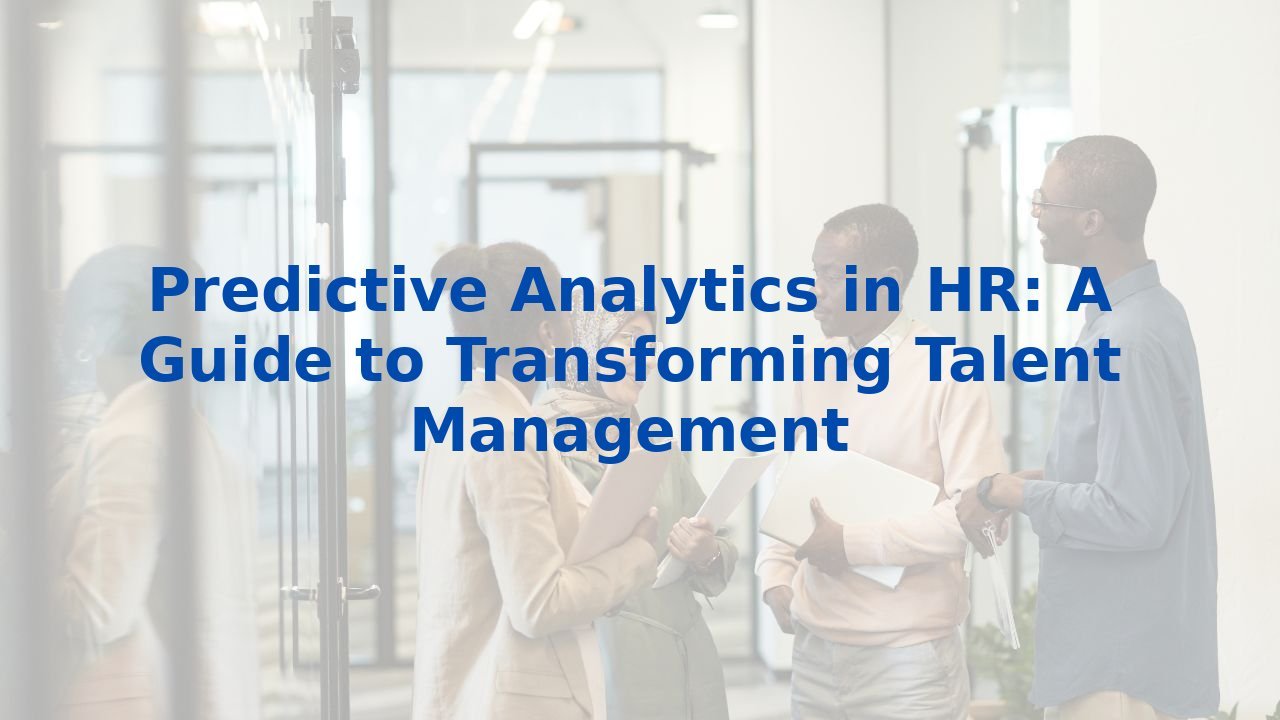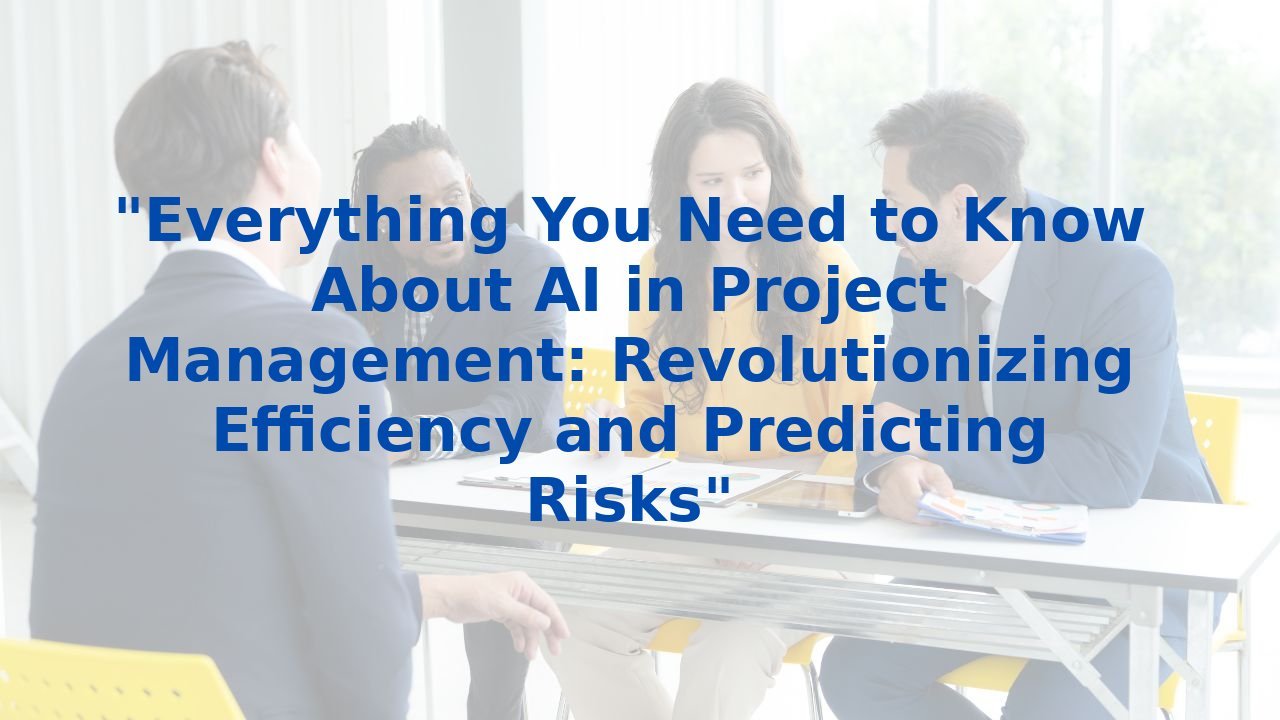Predictive Analytics in HR: A Guide to Transforming Talent Management
Predictive Analytics in HR: A Guide to Transforming Talent Management
Introduction
Predictive analytics stands at the forefront of innovation within Human Resources, fundamentally altering how organizations approach talent management. By utilizing historical data and trends, predictive analytics empowers HR departments to anticipate future staffing requirements, recognize potential employee turnover, and significantly enhance operational efficiency. This transformative approach not only streamlines HR processes but also fosters informed decision-making that drives organizational success.
The Benefits of Predictive Analytics in HR
Anticipating Hiring Needs
One of the standout features of predictive analytics is its ability to forecast future hiring needs. By sifting through historical hiring data, organizations can better prepare themselves to meet staffing demands proactively. This foresight mitigates the chaos of last-minute hiring, which can often lead to hasty decisions and increased costs. With predictive analytics, HR professionals are not just responding to current needs but are strategically planning for the future.
Identifying Potential Employee Turnover
Employee turnover can be a significant drain on resources. Predictive analytics acts as an early warning system, utilizing behavioral data to identify trends that suggest an employee may be considering leaving the organization. With this knowledge, HR can implement tailored retention strategies, ensuring key talent remains engaged and satisfied in their roles. By preemptively addressing turnover, organizations not only save costs associated with hiring and training new employees but also cultivate a more stable workforce.
Enhancing Operational Efficiency
Predictive analytics excels at streamlining HR tasks, from recruitment to retention planning. By automating repetitive processes, it frees HR professionals to devote their energies to higher-value tasks that demand strategic thinking and creativity. This shift not only enhances productivity but also fosters a more dynamic work environment where innovative ideas can thrive.
Data-Driven Decision-Making
The power of predictive analytics lies in its capacity to deliver data-driven insights that illuminate the path to informed decision-making. Instead of relying on intuition or guesswork, HR departments can leverage empirical evidence to optimize talent management strategies. This data-centric approach enables organizations to refine recruitment efforts, strengthen employee engagement initiatives, and respond to workforce trends with agility.
Ensuring Data Quality and Compliance
While the advantages of predictive analytics are compelling, it is imperative for organizations to prioritize data quality and compliance with privacy regulations. Accurate predictions hinge on the integrity of the data being analyzed; hence, organizations must invest in robust systems that safeguard data quality. Moreover, failing to comply with data protection laws can expose organizations to legal repercussions and reputational damage, undermining the benefits of their analytics efforts.
The Role of AI in Enhancing HR Processes
Artificial intelligence is the catalyst that amplifies the effectiveness of predictive analytics in HR. AI algorithms boast the ability to process vast datasets swiftly and effectively, revealing intricate patterns that human analysts might overlook. Furthermore, AI enhances automation within HR functions, enabling professionals to concentrate on strategic objectives rather than getting bogged down by administrative tasks. This synergy between AI and predictive analytics unlocks unprecedented potential for HR innovation.
Benefits of Training Employees for AI
To harness the full power of predictive analytics and AI, organizations must prioritize training their workforce. Equipping employees with the skills needed to work effectively with AI tools can enable them to formulate insightful queries, construct relevant prompts, and critically evaluate AI-generated outputs. Not only does this training enable superior interaction with AI technologies, but it also elevates employees' analytical capabilities and problem-solving skills, thereby enriching the entire organizational culture.
Conclusion
The integration of predictive analytics and AI within HR practices is not merely a trend; it's a pivotal advancement reshaping how organizations manage their talent. By optimizing operational efficiencies, enhancing decision-making processes, and proactively tackling employee turnover, predictive analytics positions HR as a strategic partner in business success. Organizations that invest in data quality, compliance, and employee training will find themselves at the forefront of innovation, ready to navigate the ever-evolving landscape of work. As we look ahead, the role of predictive analytics and AI will continue to drive the transformation of talent management, emerging as a cornerstone of organizational growth and resilience.



